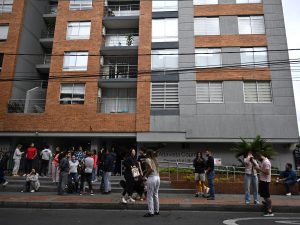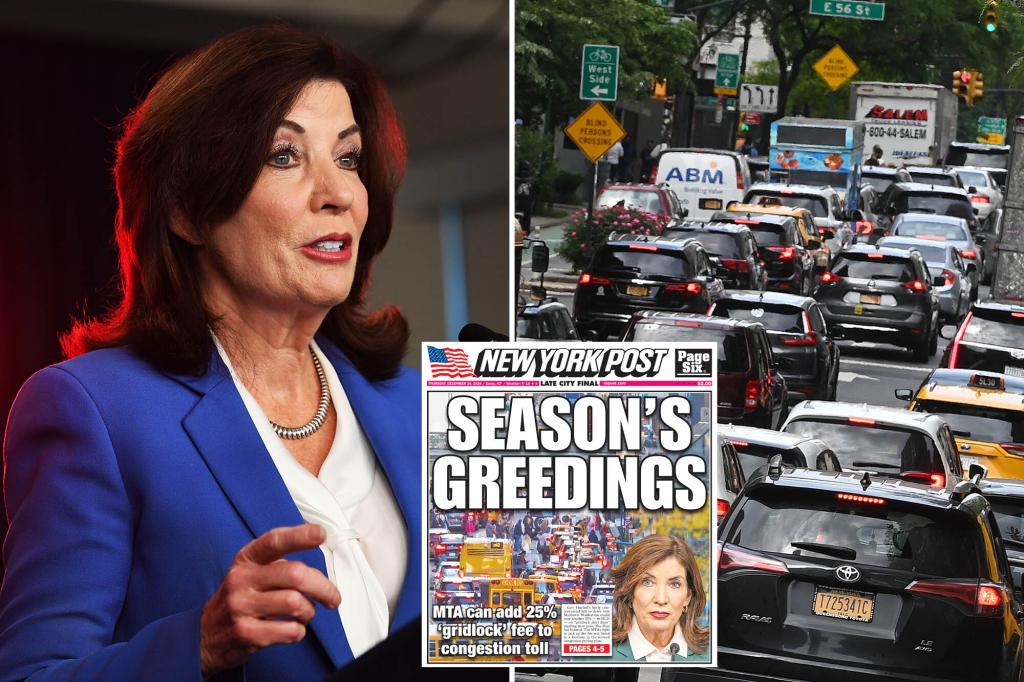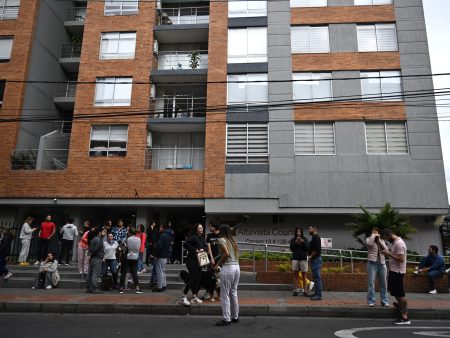The Metropolitan Transportation Authority (MTA)’s proposal to implement a 25% surcharge on the nascent Manhattan congestion pricing toll during peak traffic days has been abruptly halted by Governor Kathy Hochul following widespread public criticism. The proposed surcharge would have increased the minimum $9 toll, slated to commence on January 5th, 2024, to $11.25 on days designated as “gridlock alerts.” These alerts, determined by the New York City Department of Transportation (NYC DOT), identify days with exceptionally high traffic congestion, frequently coinciding with events like the United Nations General Assembly or the holiday season rush. Governor Hochul’s intervention effectively eliminates this variable pricing component, ensuring a consistent toll rate regardless of traffic conditions.
The Governor’s decision reflects a sensitivity to the financial burdens faced by New Yorkers and emphasizes her commitment to providing relief. She highlighted her previous efforts in negotiating a 40% reduction in the initial proposed congestion pricing toll, which was originally set at $15 before being revised down to the current $9 minimum. This reduction, combined with her rejection of the surcharge, underscores her aim to balance the need for traffic mitigation and revenue generation for public transit with the financial realities of commuters. Hochul frames her actions as a commitment to easing the burden on “hardworking New Yorkers” while simultaneously investing in much-needed public transit improvements.
The swift reversal of the surcharge plan underscores the Governor’s responsiveness to public concern and her willingness to engage directly with the MTA. Following media reports that brought the proposed surcharge to light, Governor Hochul promptly addressed the issue, communicating her disapproval to the MTA and ensuring the plan’s withdrawal. This decisive action demonstrates a commitment to transparency and public accountability, as the surcharge proposal had been discreetly included within a state filing without prior public announcement or discussion. The Governor’s intervention effectively prevented the implementation of a policy that could have disproportionately impacted commuters without adequate public awareness or input.
The congestion pricing plan, even without the surcharge, remains a significant policy initiative aimed at addressing Manhattan’s chronic traffic congestion and generating revenue for vital public transportation upgrades. The revenue generated from the toll is intended to fund improvements to the city’s aging subway system, enhancing service reliability and accessibility for millions of daily riders. By reducing traffic volume within the designated congestion zone, the plan also aims to improve air quality and reduce travel times, benefiting both commuters and residents. The toll represents a significant shift in transportation policy, utilizing financial incentives to encourage the use of public transit and discourage driving in the city’s core.
The “gridlock alert” days, although no longer tied to a toll surcharge, remain an important indicator of traffic patterns and potential congestion hotspots within the city. The NYC DOT’s identification of these days provides valuable data for transportation planning and resource allocation. While the surcharge was intended to further disincentivize driving on these peak congestion days, alternative strategies for managing traffic flow and encouraging public transit use will now be necessary. The data collected from “gridlock alert” days can inform these strategies and help the city develop more effective approaches to mitigating traffic congestion without imposing additional financial burdens on drivers.
The Governor’s intervention in the congestion pricing surcharge exemplifies a delicate balancing act between competing interests: the need for revenue to improve public transit, the desire to reduce traffic congestion, and the imperative to minimize financial burdens on residents and commuters. By rejecting the surcharge, Governor Hochul has prioritized affordability and predictability for drivers while maintaining the core components of the congestion pricing plan. The ongoing challenge will be to effectively manage traffic flow and encourage public transit adoption without resorting to variable pricing mechanisms that could disproportionately impact certain segments of the population. The success of the congestion pricing plan will depend on a combination of infrastructure improvements, public awareness campaigns, and strategic traffic management strategies that ultimately create a more sustainable and efficient transportation system for New York City.










